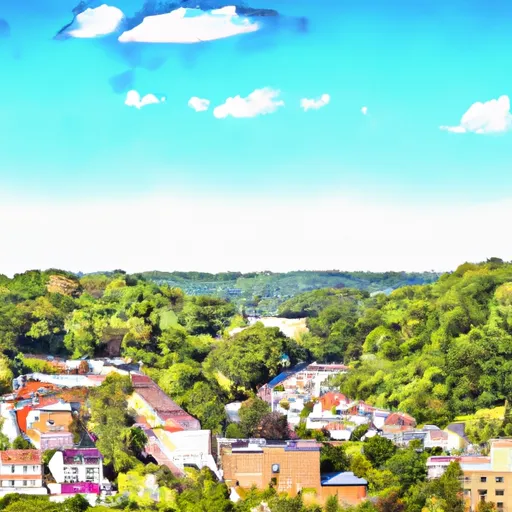°F
°F
mph
Windspeed
%
Humidity











Upper Falls is a small unincorporated community located in Baltimore County, Maryland. It is known for its scenic beauty and diverse outdoor recreation opportunities. The climate in Upper Falls is a humid subtropical climate, characterized by hot and humid summers and mild winters. Summers are ideal for outdoor activities, with temperatures averaging around 85°F (29°C), while winters are relatively mild with temperatures ranging from 30°F (-1°C) to 45°F (7°C).
Hydrologically, Upper Falls is situated near the Gunpowder River and Little Gunpowder Falls, which offer excellent opportunities for fishing, kayaking, and boating. The river's clear water and abundant fish populations attract anglers from all over the region. The surrounding forests and parks provide ample hiking trails and camping areas, making Upper Falls a popular destination for nature enthusiasts and outdoor adventurers.
In addition to its natural beauty, Upper Falls is also home to a variety of recreational facilities, including picnic areas, playgrounds, and sports fields. There are numerous parks and green spaces that allow residents and visitors to enjoy outdoor activities such as soccer, baseball, and picnicking. Overall, Upper Falls provides a scenic and inviting environment for individuals and families to enjoy a wide range of outdoor recreational pursuits.
Weather Forecast
Upper-Falls receives approximately 1238mm of rain per year, with humidity levels near 77% and air temperatures averaging around 14°C. Upper-Falls has a plant hardyness factor of 7, meaning plants and agriculture in this region tend to thrive during the non-winter months.
Regional Streamflow Levels
235
Cubic Feet Per Second
18
Cubic Feet Per Second
6
Cubic Feet Per Second
0
Cubic Feet Per Second
Nearby Camping
| Camping Area | Reservations | Toilets | Showers |
|---|---|---|---|
| Stoevers Dam Park |



